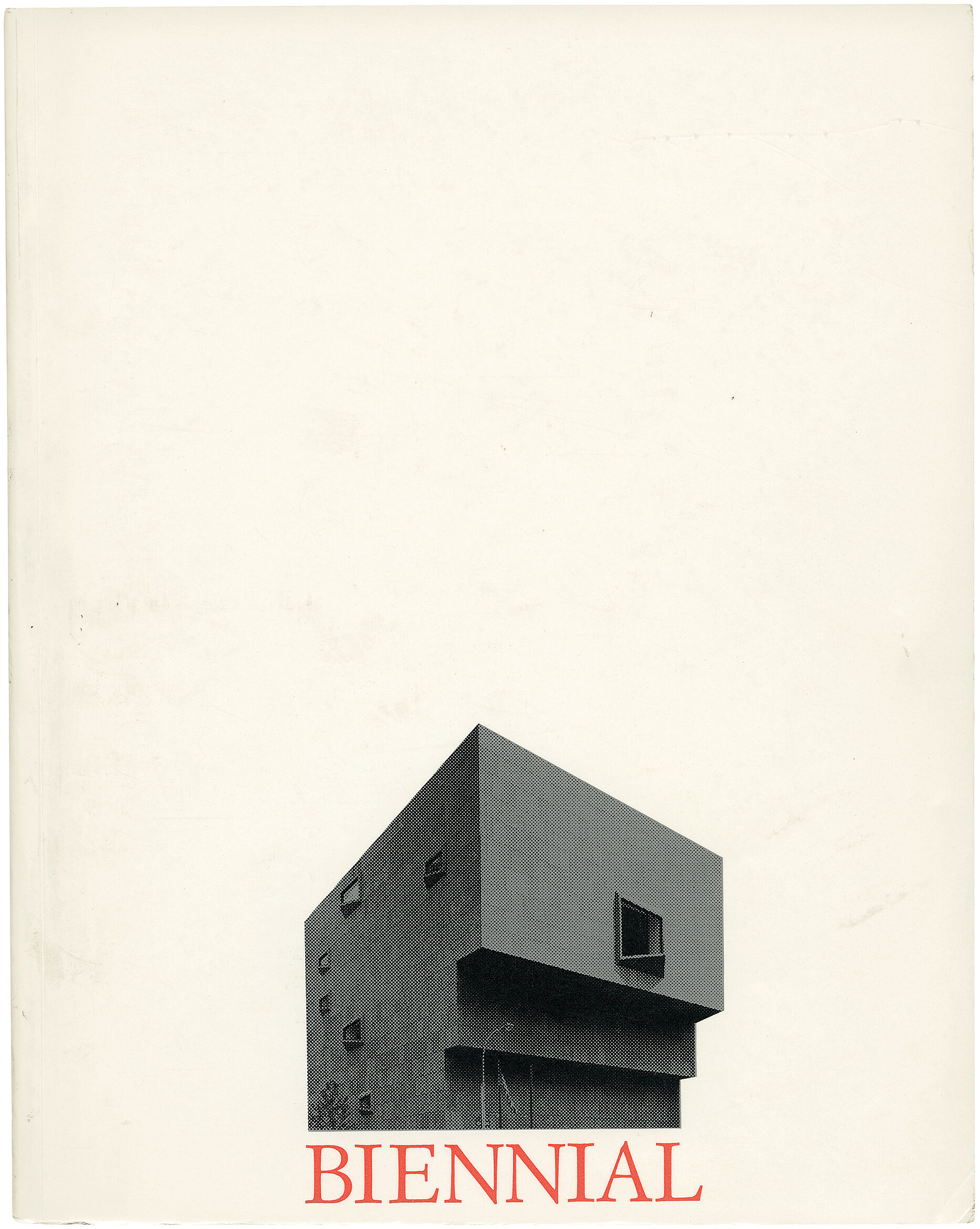Cady Noland
1956–
In the 1980s and 1990s Cady Noland created a group of highly influential sculptures, sourcing her iconography and objects from various facets of American culture to reveal the dark side of the American psyche. Among these works were a series of metal sculptures that reproduced newspaper photographs of news figures, including Lee Harvey Oswald and Patty Hearst. Tanya as a Bandit is one of two such sculptures to feature Hearst, the newspaper heiress who was kidnapped in 1974 by the self-styled revolutionary group the Symbionese Liberation Army (SLA). During her captivity, she joined their movement and went by the name Tania (given an alternate spelling in the title of this work). Noland’s sculpture features an iconic photograph of Hearst gripping a machine gun and standing in front of the SLA’s symbol of a seven-headed snake with annotated newswire text detailing her involvement in a sporting goods store heist running below. Atop the sculpture Noland has placed a bandana—a classic American accessory often associated with cowboys and bandits— tied around two of the snakes’ heads. As Noland later explained: “I became interested in psychopaths . . . because they objectify people in order to manipulate them. By extension they represent the extreme embodiment of a culture’s proclivities; so psychopathic behavior provides useful highlighted models to use in search of cultural norms. As does celebrity.”
Introduction
Cady Noland (born 1956) is an American sculptor, printmaker, and installation artist who primarily works with found objects and appropriated images. Her work, often made with objects denoting danger, industry, and American patriotism, addresses notions including the failed promise of the American Dream, the divide between fame and anonymity, and violence in American society. Many of her works have involved different kinds of physical barriers in gallery spaces, including fences, barricades, and metal poles to guide or restrict the audience's movements. She has drawn extensively on media and tabloid imagery, regularly using images of notable criminals, celebrities, and public figures involved in scandal. Art critic Peter Schjeldahl called Noland "a dark poet of the national unconscious."
Noland has participated in several high profile exhibitions, including the 44th Venice Biennale (1990), the Whitney Biennial (1991), and Documenta 9 (1992). After widely exhibiting her art in the 1980s and 1990s to broad acclaim, Noland largely stopped presenting her work for nearly two decades. She began exhibiting again in the late 2010s, staging a museum retrospective in 2018 and exhibitions of new work in the early 2020s. Critics have written extensively about her influence on contemporary art beginning in the 1990s, in particular the seeming visual randomness of her often-sprawling installations that has been broadly emulated by other artists.
She is also known for her numerous disputes and lawsuits with museums, galleries, and collectors over their handling of her work. Noland was the subject of several legal disputes with collectors in the 2010s after she disavowed artworks that she no longer considered genuine due to damage or restoration. On several occasions she has requested the removal of her work from group exhibitions, and she has required art dealers and gallerists to post disclaimers at unauthorized exhibitions to inform audiences that she did not agree to participate. She has also been noted for her reluctance to be publicly identified, having only ever allowed two photographs of herself to be publicly released.
Wikidata identifier
Q437729
Information from Wikipedia, made available under the Creative Commons Attribution-ShareAlike License . Accessed November 22, 2025.
Introduction
American sculptor, New York, N.Y. She earned a BFA at Sarah Lawrence College, then settled in New York and began making installations with found objects and images. Her first solo show was at White Columns in Manhattan, and has been exhibited internationally since.
Country of birth
United States
Roles
Artist, installation artist, painter, photographer, sculptor
ULAN identifier
500116157
Names
Cady Noland
Information from the Getty Research Institute's Union List of Artist Names ® (ULAN), made available under the ODC Attribution License. Accessed November 22, 2025.


